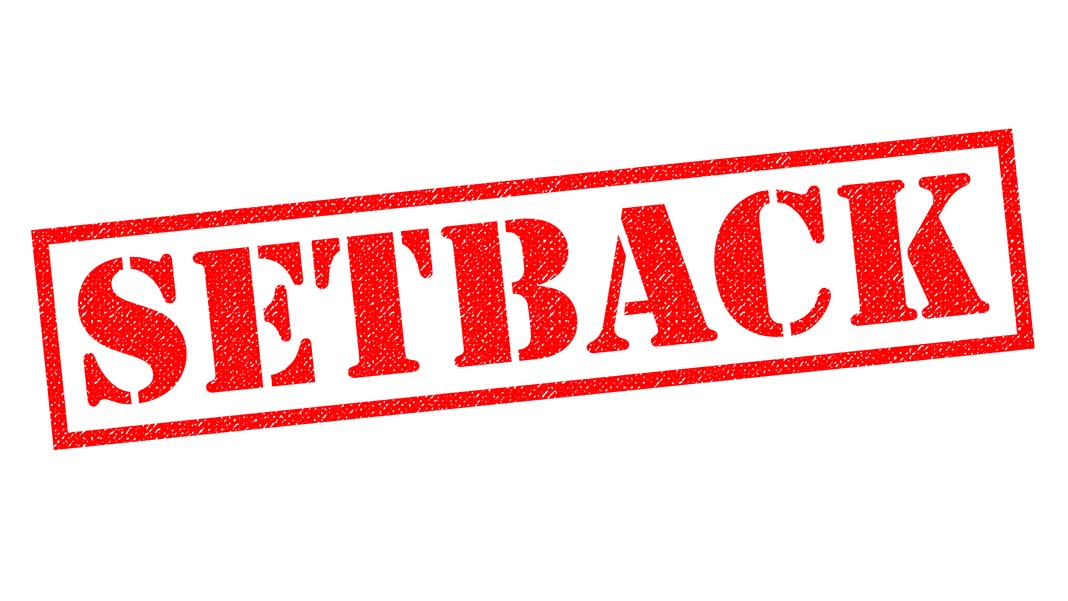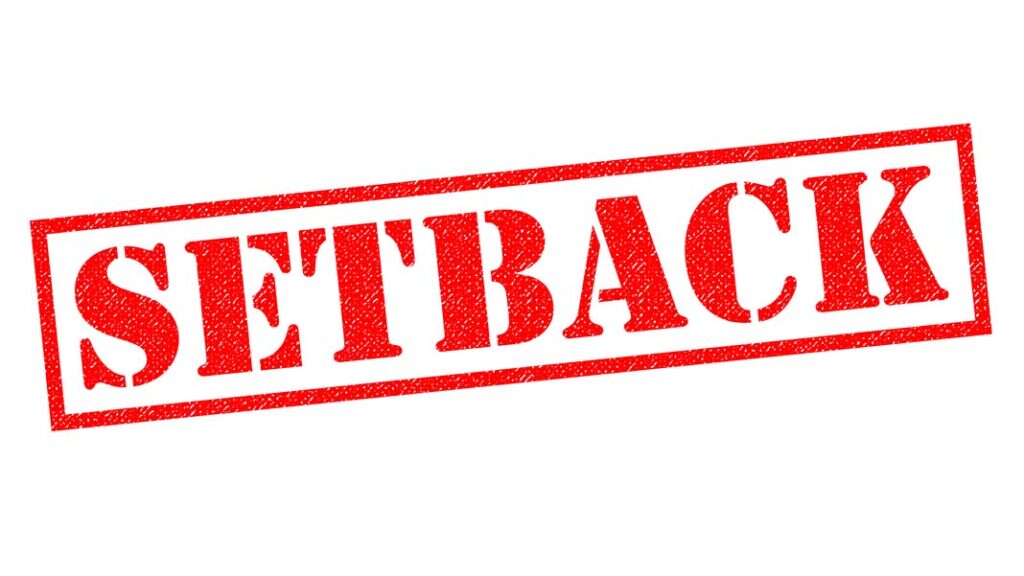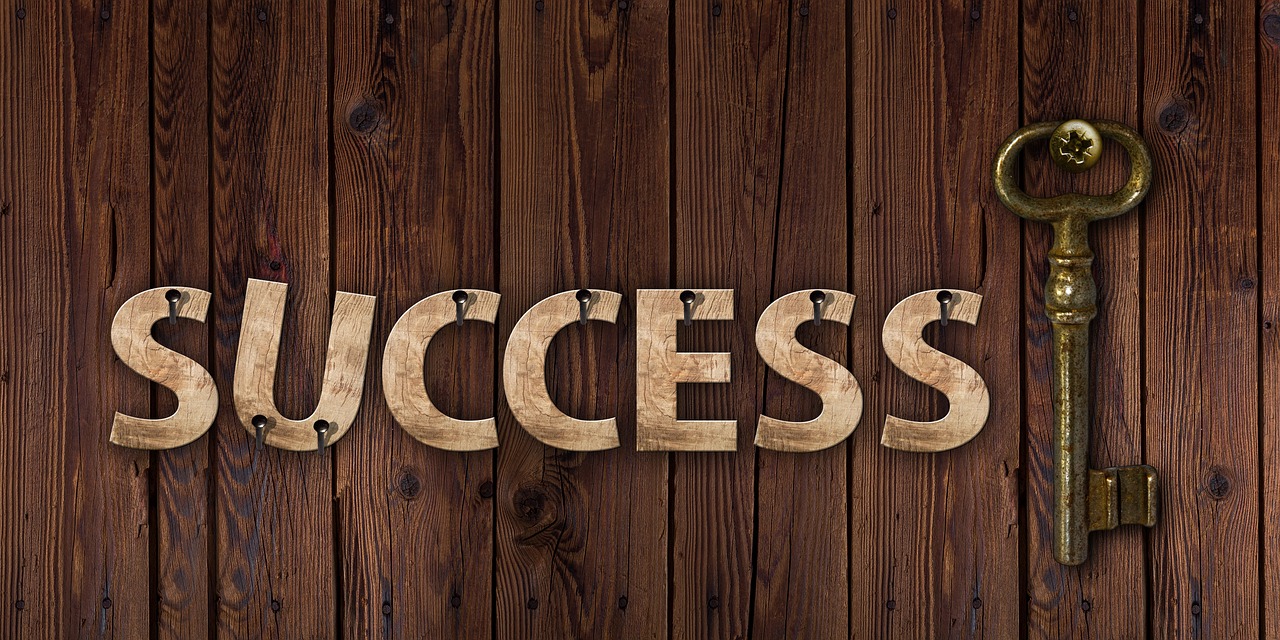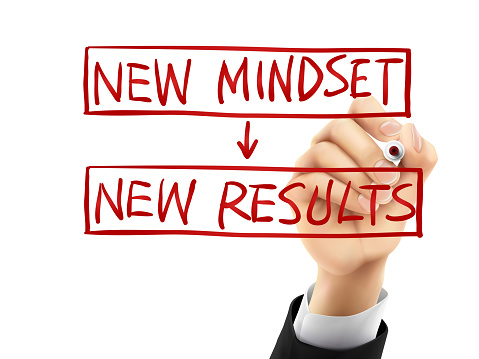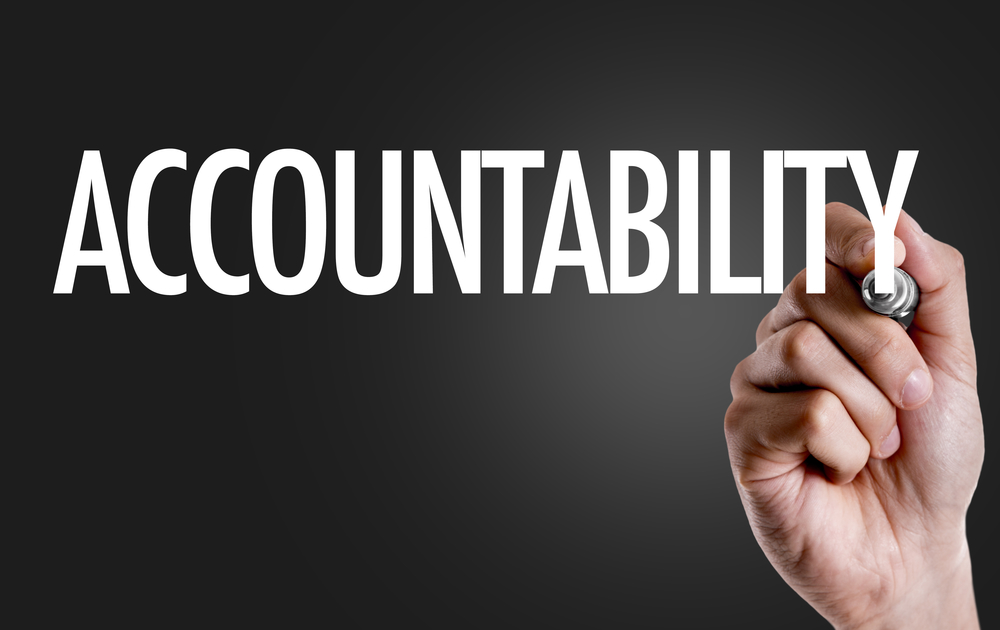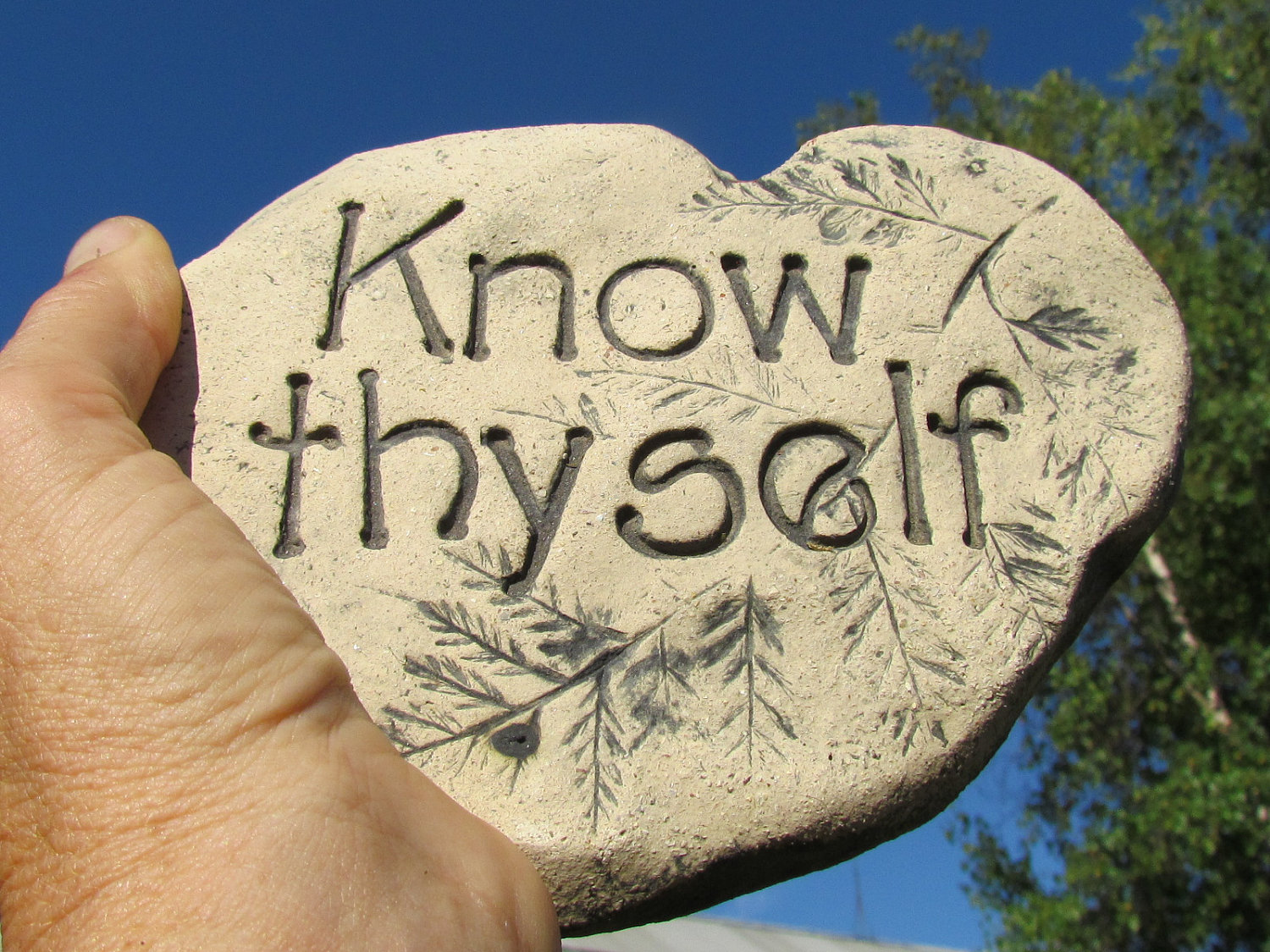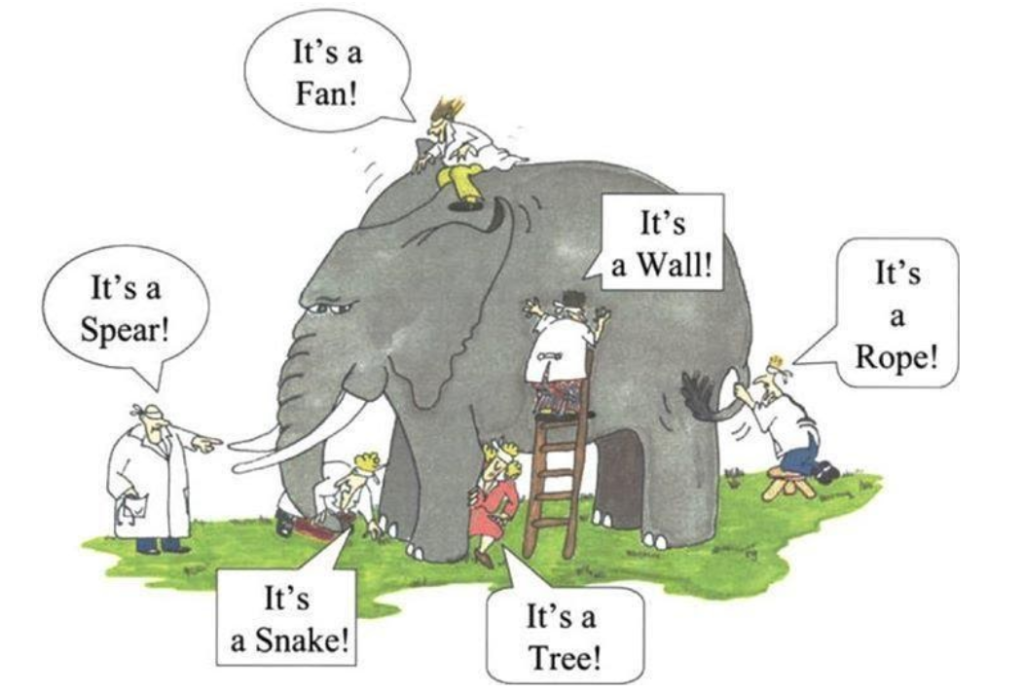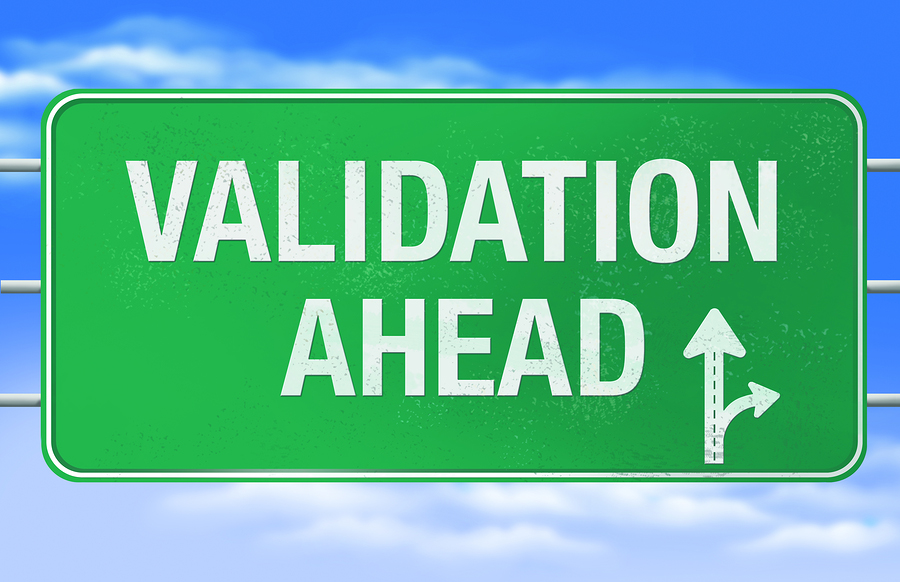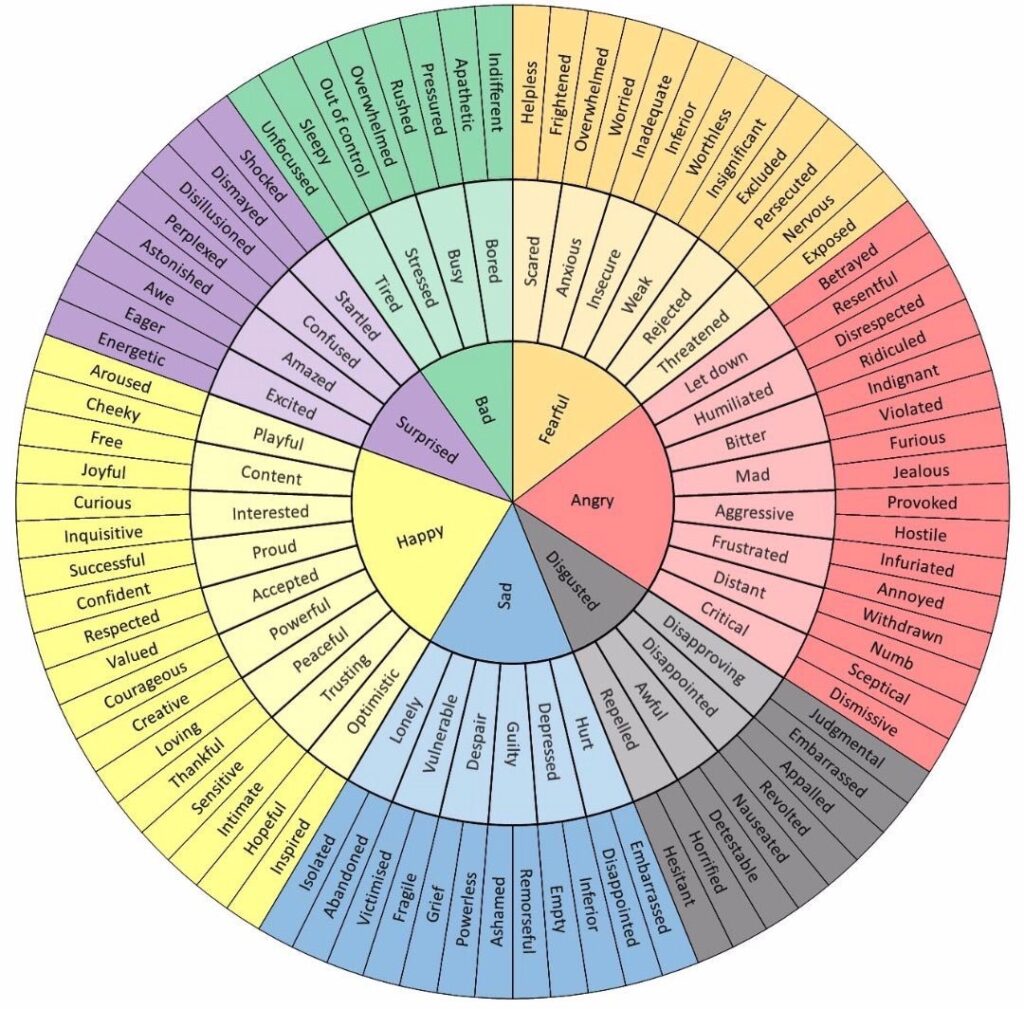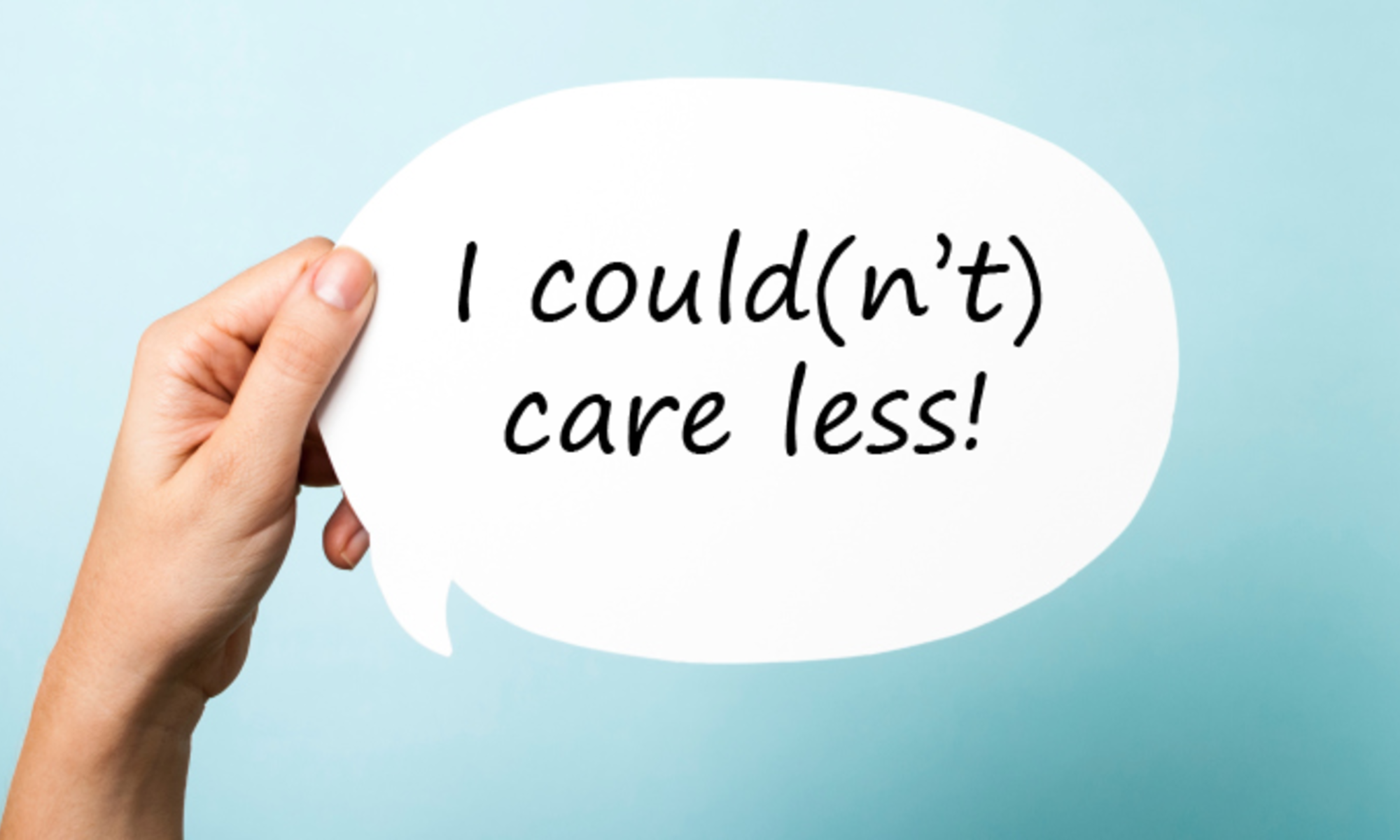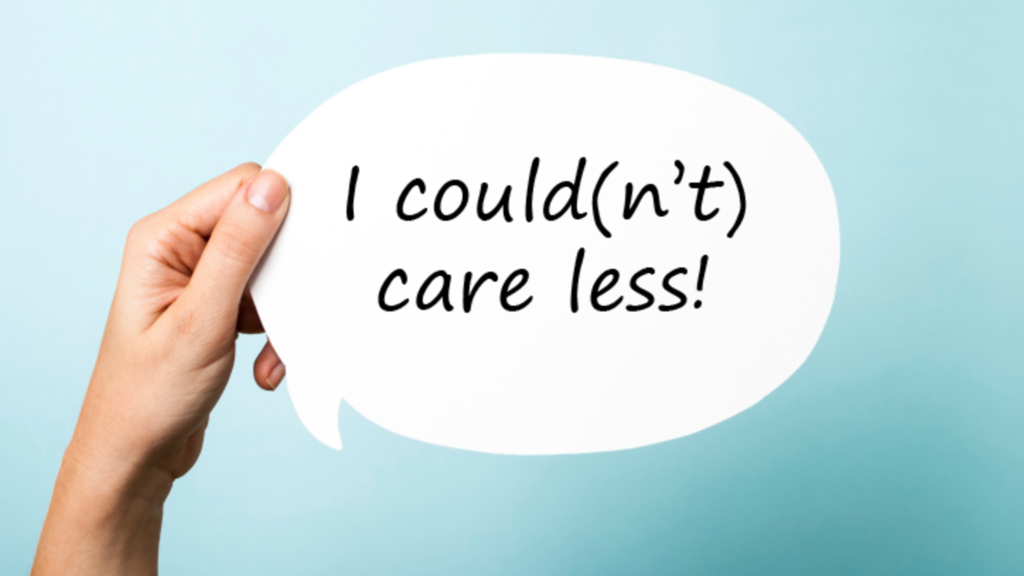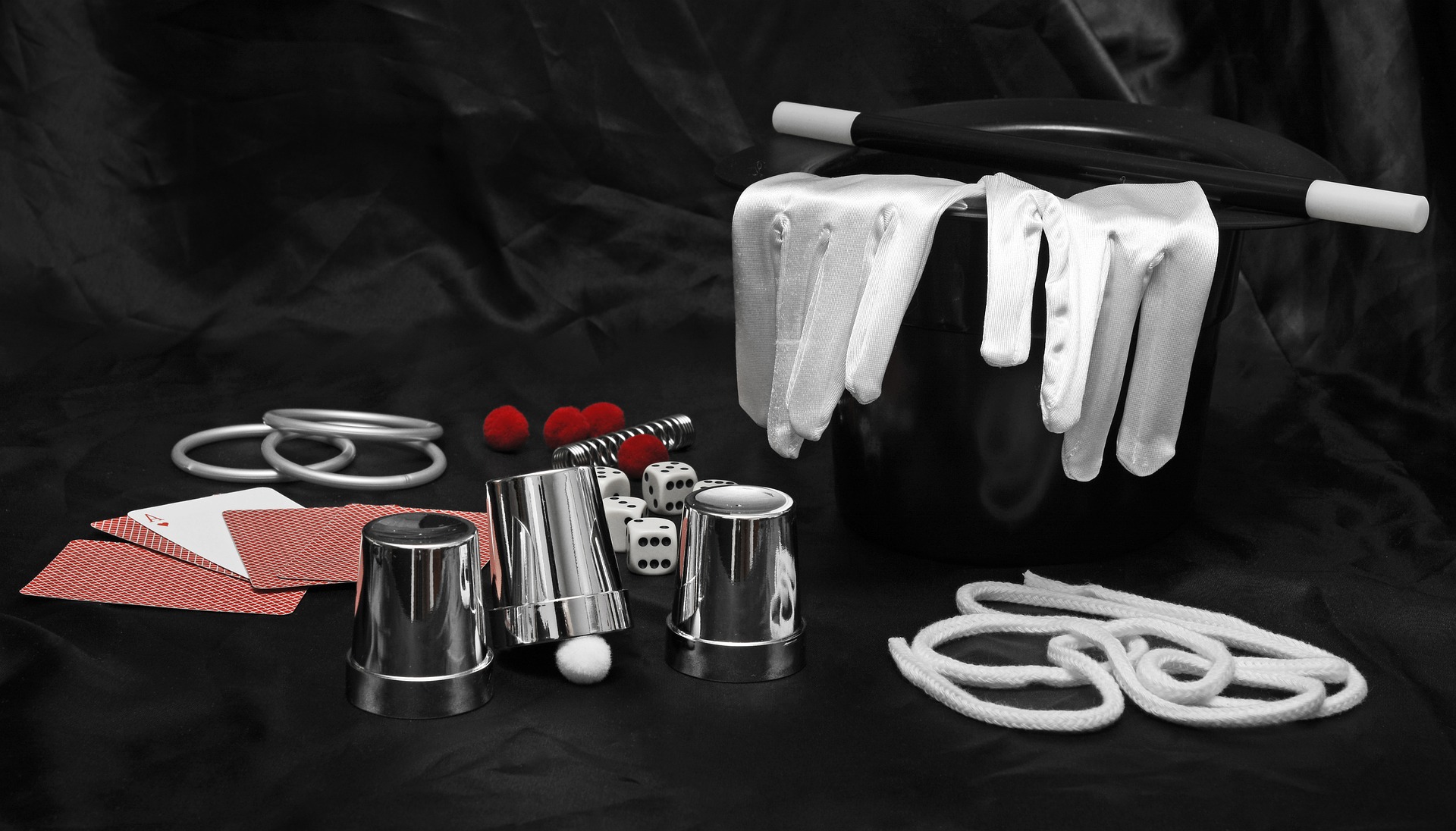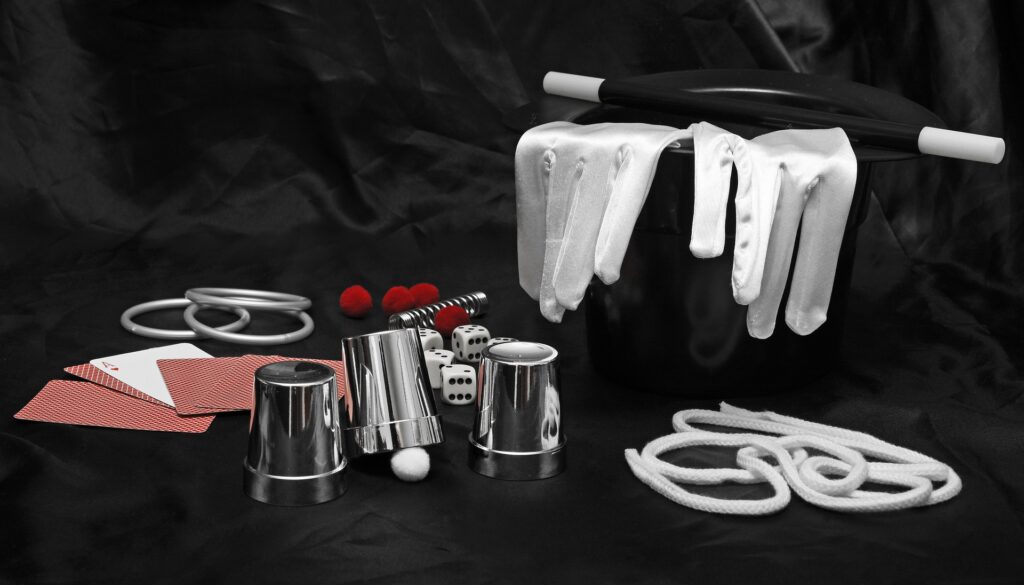How to become the best version of yourself – Part 4 Cleaning house
- admin
- August 22, 2023

We have entered week four of my August challenge to become the best version of ourselves and SOAR to new heights. If you have followed my tips and recommendations, you have probably made some major progress toward your goals. Kudos to you! With less than two weeks left in this month, I have two more articles to share with you and today’s is focused on “cleaning house”.
By now you have realized that every transformation, even the outer ones like weight loss, starting a new career, giving up alcohol or cigarettes, or moving to a new country, all starts on the inside with a thought that becomes an intention. That initial thought is fragile. Often, we dismiss it or tune it out by finding excuses for why our idea will not work out. To nurture this precious thought that could change your identity and reveal the best version of yourself, you need to “clean house”, and by that, I mean you need to let go of the internal and external clutter that has weighed you down and clogged up your brain. That includes but is not limited to:
- Spaces in your home, like your garage, attic, fridge, closets, and drawers
- Habits that no longer serve you.
- Negative self-talk
- Your language, which is an outer reflection of your thoughts.
- Your hard drive
- Your circle of friends
Shoukei Matsumoto, the author of “A Monk’s Guide to a Clean House and Mind” said, “Once you learn to see how your inner turmoil manifests itself through your surroundings, you can reverse engineer this, mastering yourself by mastering the space in which you live.”
I made decluttering my home part of my success formula and tackled multiple closets, drawers, and my computer. The criteria I use to sort through what I want to keep are simple: Do I need this and if I don’t, does it at least bring me joy? When I move to Europe, would I want to pay for the shipping? Whether or not you see a physical move in your near future is less important than the first two criteria. Don’t hold on to clothes that don’t fit you anymore, let go of any excess that weighs you down and holds you back from living your best life.
When it comes to my inner world, I have cleaned the house by embracing sobriety. It has undoubtedly provided me with clarity and resolve about the direction I want to take in my life as the best version of myself. I also know some amazing coaches and surround myself with positive people who support me in my endeavor to SOAR.
SOAR is the name of my signature coaching program (the acronym stands for the four phases of the program SEEK, OUTLINE, AWAKE, and RELEARN) which helps professionals like you transform mindfully and with ease so you can SOAR in all areas of your life. If you are interested in exploring coaching with me, contact me at angela@belladonnacareercoach.com. Are you ready to SOAR?


